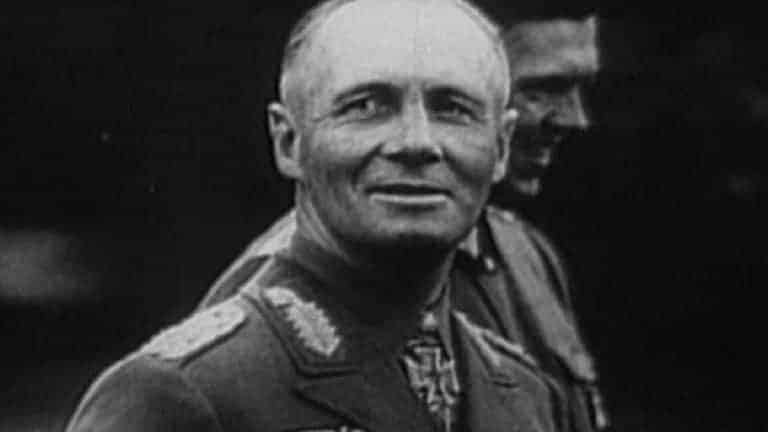Erwin Rommel, called the Desert Fox, was a successful German World War II general. While Rommel was a keen military strategist and skilled commander, he is most often remembered for his role in the 1944 July plot to overthrow and assassinate Adolph Hitler. When the plot was discovered, Rommel was offered the choice to stand trial for treason or to commit suicide; he opted to commit suicide to protect his family.
Rommel’s Early Years
Erwin Rommel was born on November 15, 1891 in Heidenheim, Germany. His father was a teacher and headmaster of a school and his family was middle class. As a boy, Rommel was described as a quiet child, with an interest in engineering and mathematics. He disassembled a motorcycle and built his own glider while still a young teen, and wanted to work in an airship factory, the Zeppelin factory. His grades as a young boy were not high enough to allow for university.

His father discouraged him going to work in the airship factory, and encouraged a military career instead. As a teen, Rommel became progressively more stubborn and determined—these were traits essential to his future role. While other male relatives had completed military service, none had made it a career. While it may not have seemed a likely choice for the mechanically-inclined young man as a boy, he showed himself to be a skilled soldier, leader and tactician during the volatile first half of the 20th century.
Rommel attempted to join both the artillery and engineers, but was rejected. He finally entered the infantry as an officer candidate in 1910, as part of the 6th Wuerttemberg. The infantry was the least prestigious and desirable military option available. He would remain in the military for the rest of his life.
Within just a few months, Rommel distinguished himself in the army; his entrance into the German army predated World War I, so this was peacetime. Three months after he entered the infantry, he was promoted to corporal. By early 1911, he was promoted again to sergeant. That spring, he entered the War Academy for officer’s training and received his commission as an officer in early 1912. He was in the 19th Field Artillery Regiment when World War I began.

